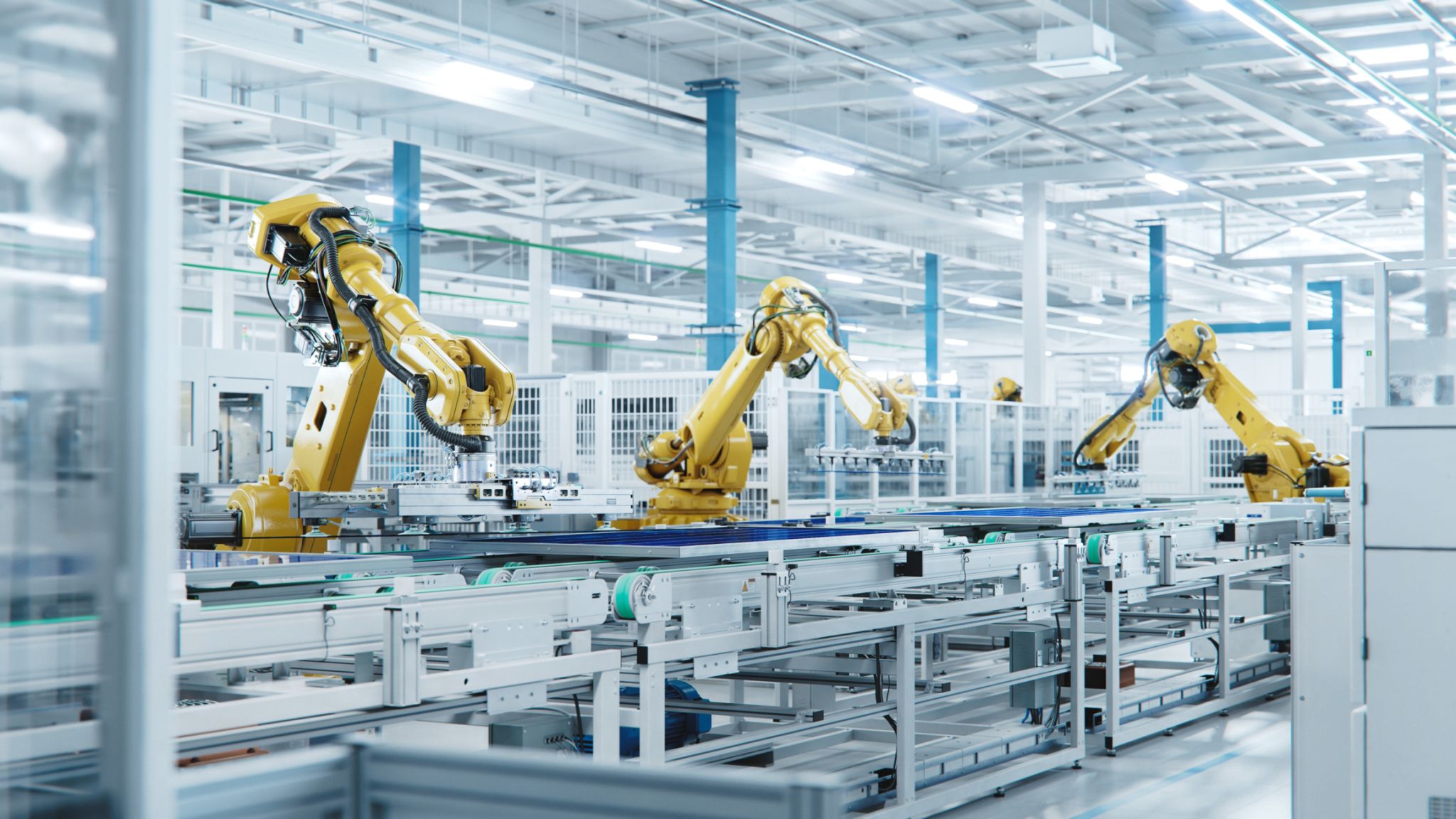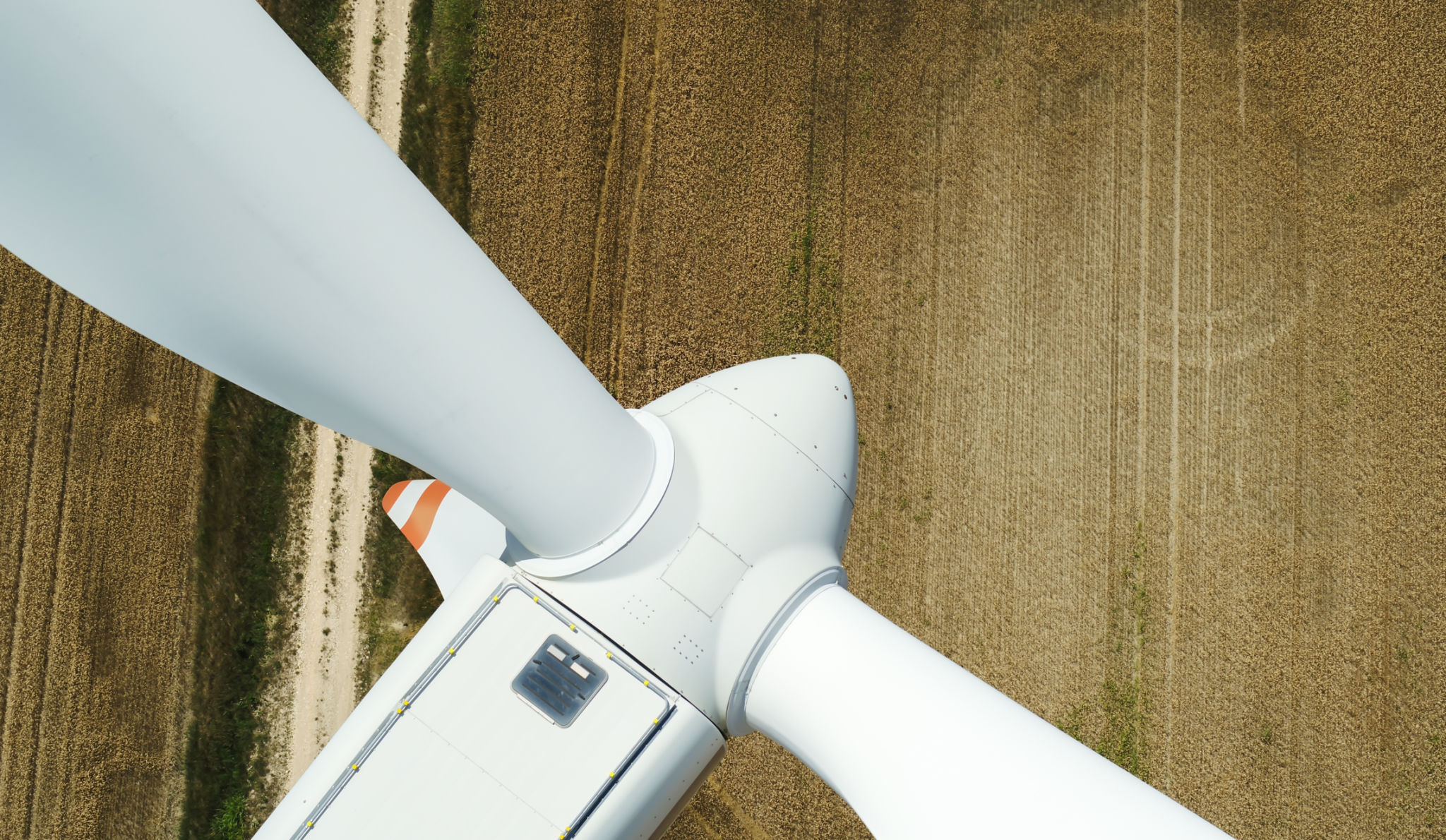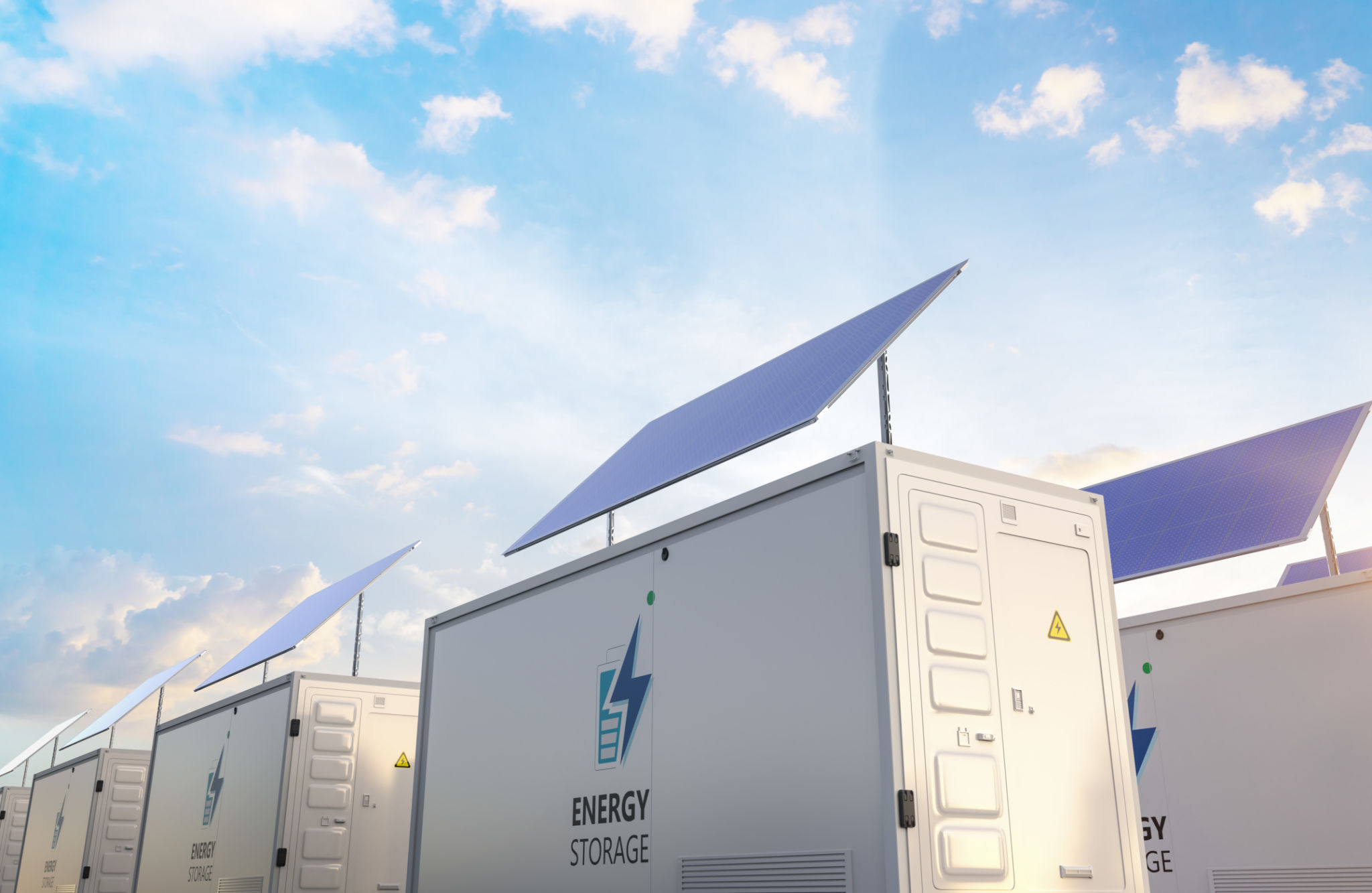Expert Insights: Future Trends in Robotics for Renewable Energy
The Intersection of Robotics and Renewable Energy
As the world continues to pursue sustainable energy solutions, robotics is playing an increasingly critical role in the renewable energy sector. The integration of robotics technology is not only enhancing efficiency but also driving innovation in energy production and management. In this post, we delve into expert insights on the future trends in robotics for renewable energy.
Robots are being deployed across various stages of energy production, from installation and maintenance to monitoring and optimization. This technological synergy is paving the way for more resilient and efficient energy systems. With advancements in artificial intelligence and machine learning, robots are becoming more autonomous and capable of handling complex tasks with precision.

Advancements in Solar Energy
One of the most significant areas where robotics is making waves is in solar energy. Robots are being used to clean solar panels, a task that is essential for maintaining efficiency but often labor-intensive. These cleaning robots can operate autonomously, ensuring that solar panels remain dirt-free and function at optimal capacity.
Moreover, robotic systems are being developed to install solar panels more quickly and safely than traditional methods. By reducing installation time and minimizing human error, these robots are helping to lower the overall cost of solar energy projects, making them more accessible.
Innovations in Wind Energy
The wind energy sector is also benefiting from robotic innovations. Drones and climbing robots are being utilized for the inspection and maintenance of wind turbines. These robots can access hard-to-reach areas, enabling detailed inspections without the need for human workers to perform dangerous tasks at great heights.

Inspection robots equipped with high-resolution cameras and sensors can detect structural issues early, allowing for timely maintenance and reducing turbine downtime. This proactive approach enhances the reliability and longevity of wind energy infrastructure.
Robotics in Energy Storage and Management
Beyond production, robotics is also revolutionizing how we store and manage renewable energy. Automated systems are being developed to optimize energy storage solutions, ensuring that renewable energy is available when needed. This is particularly important for balancing supply and demand in electricity grids.
Energy storage robots can efficiently manage battery systems, maximizing their lifespan and performance. These systems are crucial for integrating renewable energy into the grid, providing a stable and reliable power supply even when weather conditions are not favorable for energy generation.

The Role of AI and Machine Learning
The integration of artificial intelligence (AI) and machine learning with robotics is enhancing their capabilities in renewable energy applications. AI algorithms can analyze data collected by robots to optimize performance and predict maintenance needs. This data-driven approach ensures that renewable energy systems operate efficiently and sustainably.
Machine learning models can also be used to improve the design and deployment of energy systems, enabling more effective resource utilization. By harnessing the power of AI, companies can build smarter, more adaptive energy solutions that meet the evolving needs of global markets.
The Path Forward
The future of robotics in renewable energy looks promising as technological advancements continue to surface. Collaboration between industry leaders, researchers, and policymakers will be pivotal in promoting innovation and scaling up these technologies. As we look ahead, the potential for robotics to transform the renewable energy landscape is immense.
The fusion of robotics with renewable energy not only promises more efficient and cost-effective solutions but also supports the global transition toward a more sustainable future. By continuing to explore and invest in these technologies, we can unlock new opportunities for clean energy production and consumption.
